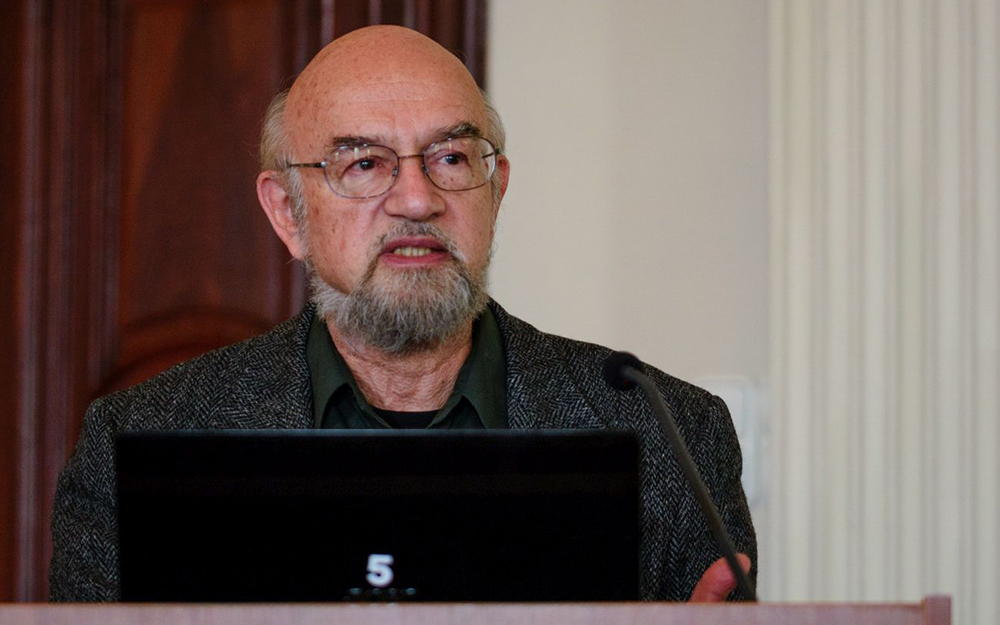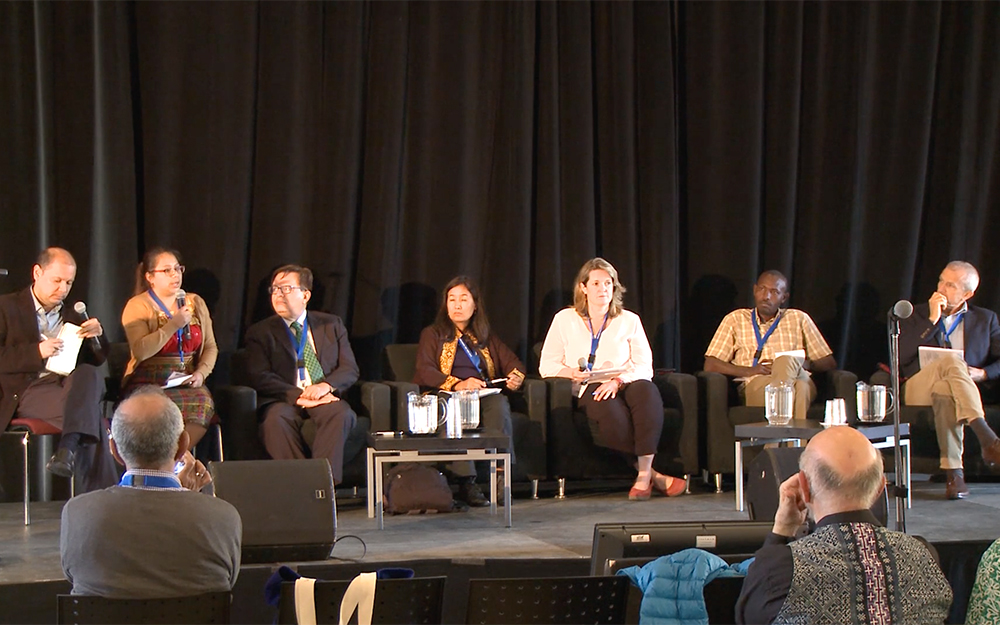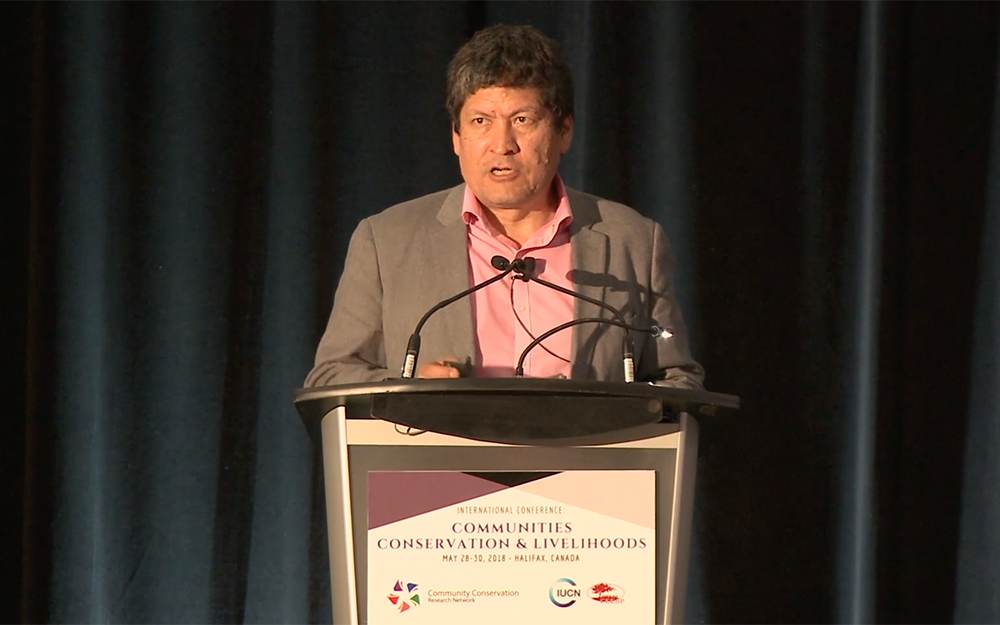Ecosystem-Based Climate Change Adaptation and Mitigation
[vc_row css_animation="" row_type="row" use_row_as_full_screen_section="no" type="full_width" angled_section="no" text_align="left" background_image_as_pattern="without_pattern"][vc_column width="2/3"][vc_column_text]Ecosystem-based adaptation (EbA) offers a valuable yet under-utilized approach for climate change adaptation and mitigation, complementing traditional actions such as infrastructure development. EbA uses biodiversity and ecosystem services as part of an overall strategy to help communities...





